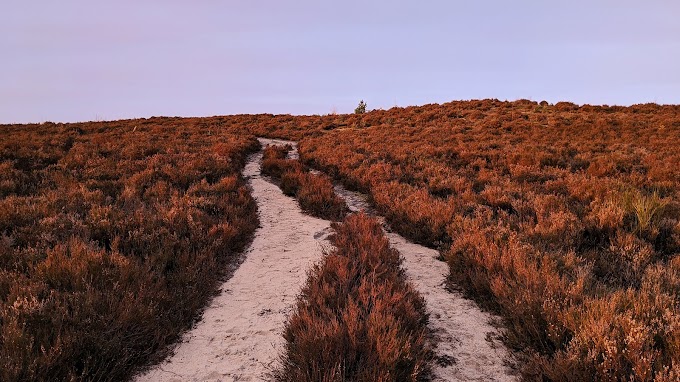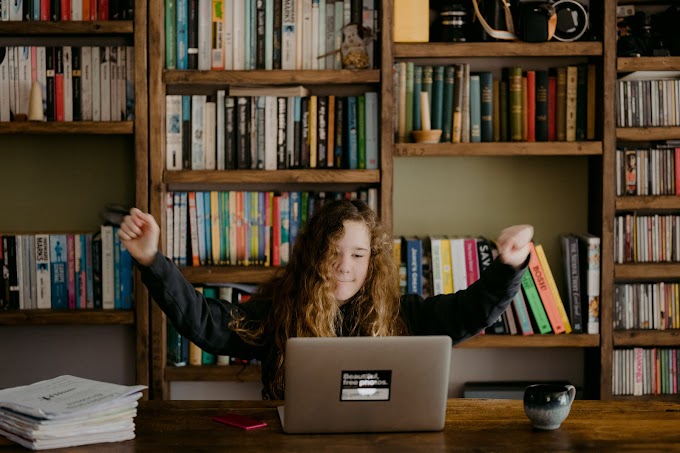
Most of us think that our habits depend on only our will power but the reality is that our environment plays a major role.
Our brain has evolved to follow the path of least resistance. Means the behaviour that is easier to do is more likely to be done. If you have a guitar nearby at all times you are more likely to pick it up and practice it, compared to it being in a storeroom.
The environment can also act as a stimulus that can trigger certain choices.
In the book “Mindless Eating”, Brian Wansink tells us how changing our environment can affect our eating habits.
“If you use a big spoon, you’ll eat more. If you serve yourself on a big plate, you’ll eat more. If you move the small bowl of chocolates on your desk six feet away, you’ll eat half as much. If you eat chicken wings and remove the bones from the table, you’ll forget how much you ate and you’ll eat more.”Knowing all this may not help you improve but knowing how to change your surroundings to make profitable habits and breaking the wicked ones will.
Assertively Changing the Environment
There are 4 main ways the environment shapes our behaviour. We will learn how each way affects us and what positive changes to bring in them.Cues
Positive change over here is simple, just eliminate the cues triggering negative habits and try to bind new habits with often occurring ones.
So if the time after the dinner was your cue to smoke then make that cue trigger something else. Like watching a series or reading a book.
If you are trying to build a habit to workout daily then make time your cue, e.g at 6 pm no matter what is your situation just get ready and visit your place of exercising. You will not even give yourself time to think about whether to exercise today or not. Over time you will automatically find yourself working out at 6 pm without any conscious effort.
Relationships

"You are the average of the 5 people you spend the most time with" - Jim RohnIf you surround yourself with people having habits you want to tame or people missing habits you want to make, then changing your habits may be an uphill battle.
In our previous example, if you are a smoker then having friends smoking around regularly will oppose your progress. I am not talking about breaking friendships but distancing a bit for your benefit. Or you can try to involve them in changing their habits too.
Look out for the people you want to be like. Make conversions with them, hang out with them and be good friendships. That person will guide you through making the new habit and also motivate you along the way.
Dealing with friction

We are not discussing the friction in Physics but one that our brain experiences. Friction is the resistance we discussed in the beginning. It is the mental and physical effort faced when a behaviour is carried out. It is because of friction that smoking more likely to become a habit than working out.
Most of the good habits on its own have great friction but when we modify our environment we can significantly reduce that. If you are trying to read everyday then having a book nearby all the time will reduce the friction greatly.
And for bad habits strengthen the friction. E.g keep the box of cigarettes away from you or even better throw all of them right now. Next time when the urge comes you have to buy a new pack, costing time, energy and money. So you are less likely to smoke.
Routinizing

Did you wonder, why are cues made? What thing connected the cue to the behaviour? The answer is our own decision. At some point in time, we were confused about what to do with our time. So our brain decided to do something with least resistance and the cue was paired with the behaviour, over time making behaviour into a habit triggered by the cue. The bad habit would have not even started if we had already decided what to do with our time.
Routinizing is exactly what it sounds like. Following a routine throughout the day. Freeing us from spending our energy at making decisions about “what to do now”.
To implement this just figure out the good habits you want to make and bad ones you want to eliminate. Now make a daily routine including all your sound habits and taking care of the cues for the wicked ones.
If you are just starting then try to replace a bad habit with a good one, one at a time.
Conclusion
Make sure people around you and your surroundings support your good habits and discourage the bad ones. Having the right environment makes it easier to change habits. Make sure your cues are triggering the right behaviour, the people around you are supportive of your new habits, try to minimize the friction for your good habits and finally decide beforehand what you are going to do with your time.This article was inspired by the book “The One Thing”.
To get notified when a new blog is posted and for daily content on improving yourself, consider following @improveistic on Instagram.






0 Comments
Please let me know your thoughts and doubts in the comments!